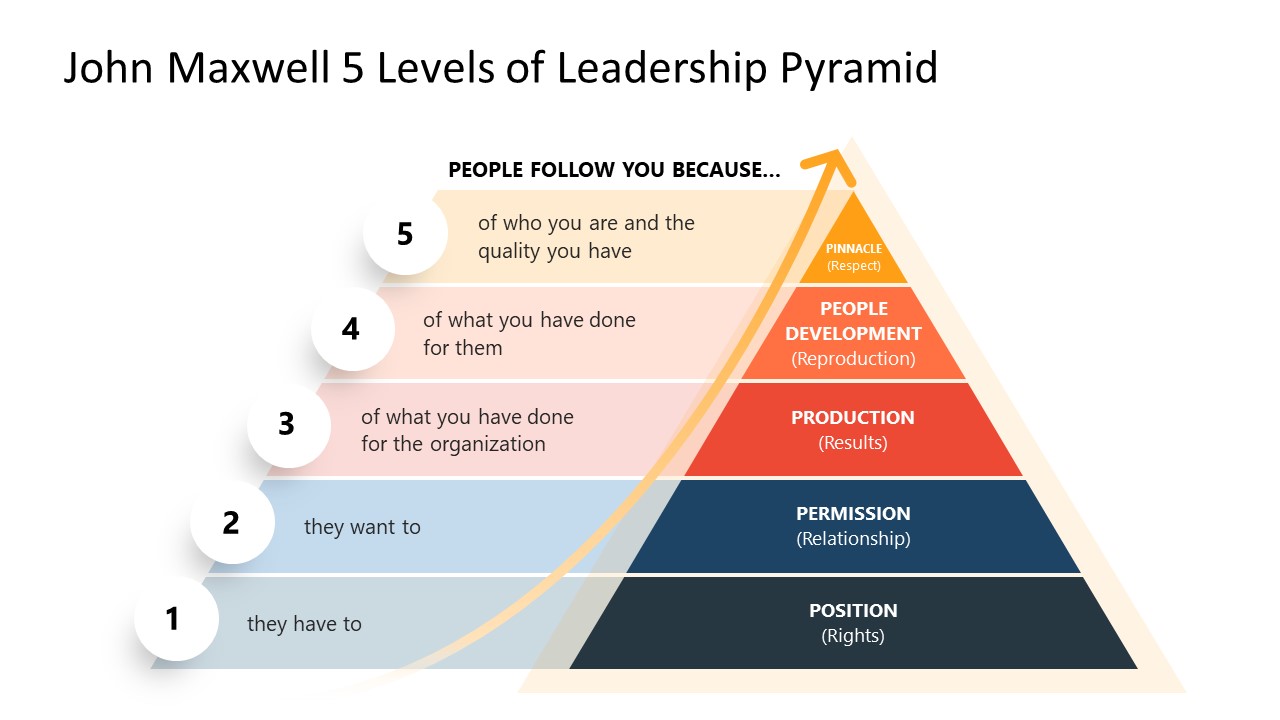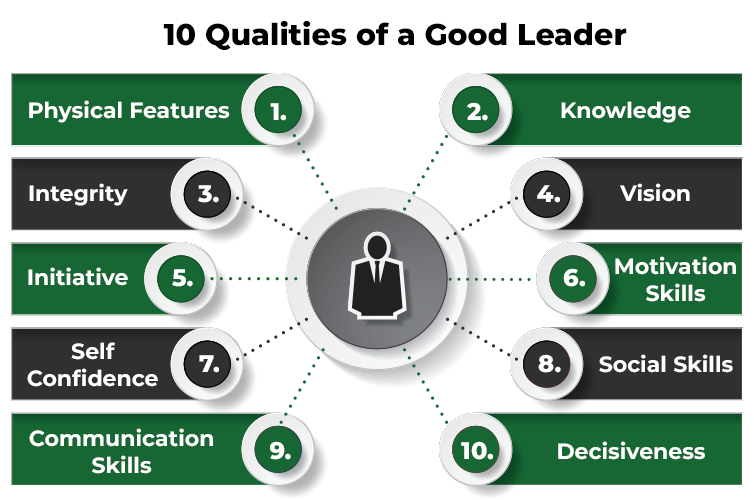WARNING
This Page is incomplete and answers will be added soon. 1/10 Remaining.
Section A
Q1. What do you mean by:
- Leadership
- Communication Skills
- Ethical Leader
- Modern Leader
- Authority
- Informal Leader
1. Leadership
Leadership is about setting a positive example for staff to follow by being excited about the work, motivated to try new things and helping out as needed as in both individual and team activities.
According to Koontz and O'Donnels, leadership means influencing people to follow the achievement of common goals.
2. Communication Skills
Communication skills refer to the ability to convey information effectively and efficiently.
- various methods of interaction, including verbal, non-verbal, written, and visual communication.
- enable you to express your thoughts clearly, listen actively, and interpret information from others accurately.
3. Ethical Leader
Ethical leadership involves leaders and managers making decisions based on the right thing to do for the common good, not just based on what is best for themselves or for the bottom line.
- Ethical leadership is not only the right thing to do, it is key to driving an organization's success.
4. Modern Leader
Being a modern leader involves being a leader that adopts modern technologies, ideas and mixes inclusivity into management and the workforce.
5. Authority
Authority is the power given to a person for carrying out certain activities and tasks by an organisation.
The person given the authority by the organisation determines the position he/she holds for:
- making decisions
- commanding people
- giving directions
- making use of resources for carrying out certain tasks
6. Informal Leader
Informal leadership is based on personal influence rather than formal authority.
- These leaders can positively influence team dynamics and organizational culture.
- Recognizing informal leaders is crucial for harnessing their potential within the team.
Good, well established examples of this are Union Leaders, to regulate Companies while representing employees
Section B
Q1. Write down the dark traits of a leader
- The dark side of leadership is defined as “an ongoing pattern of behavior exhibited by a leader that results in overall negative organizational outcomes based on the interactions between the leader, follower and the environment.”
- Leaders who cross over to the dark side and contribute to negative results often display one or more of the following attributes:
- Narcissistic
- Controlling
- Arrogant
- Selfish
- Dishonest
- These personality traits can lead to the abuse of power, lack of empathy and even unethical behavior. For example, a narcissist may only listen for their own ideas while punishing critics who disagree, causing a toxic environment where those in agreement are rewarded and those who do not are punished.
Q2. Differentiate between authority and leadership
| Authority | Leadership |
|---|---|
| Formal post in Organization | Formal or Informal |
| Excercise power | Labour union leader |
| Demanding | Lead |
| Ordering | Motivate |
| Best performance/output | Infinite |
| Human approach meeting | Complete the task besed on one's talent and skills |
Q3. Differentiate between management and leadership
| Management | Leadership |
|---|---|
| Influencing & Motivating | Planning, Organising, Staffing Controlling |
| Work to achieve the goal of individual | Result Oriented, Formulate the brand policy |
| Unorganized group | Organized group |
| Concern with human personal goal | Concern with organization goals | | Performance of individual | Concern for organization performance | | Risk Takers | Risk Averse| | Initiate a task | Result oriented | | For individual | For organization |
Q4. Write down the importance of a leader
- Leaders Introduce Changes
- Change doesn’t just happen naturally.
- For change to occur, executives need to direct their teams on what actions will drive the most impact.
- Leaders Help People Fulfill Needs
- Effective leadership development establishes a personal connection with others.
- If someone believes that a leader truly understands their feelings and concerns, they are more likely to follow them
- Leaders Resolve Conflicts
- Leaders will listen to concerns and address them quickly
- Leaders Provide Guidance
- people need additional help when learning, and leaders must be willing to take the necessary steps to do so
- Leaders Establish a Vision
- leaders place tasks and responsibilities in the proper context for people
- Leaders Improve Morale
- If they make sure to praise and recognize people regularly, morale will steadily improve among all workers
- Leaders Create Positive Work Environments
- When executives, directors, and managers are positive and encouraging, people will feel right at home and ready to contribute
Section C
Q5. Explain the theory of leadership by Maxwell
There are 5 P’s of Leadership, which John Maxwell details below:
- Position (Rights):
- People follow you because they have to.
- Permission (Relationships):
- People follow you because they want to.
- Production (Results):
- People follow you because of what you have done for the entire organization.
- People Development (Reproduction):
- People follow because of what you have done for them.
- Pinnacle (Respect):
- People follow you because of who you are and what you represent.

(Image from Slidemodel)
Q6. Explain the characteristics of leadership/a leader
- Ability to Influence Others
- understanding their motivations and encourage them to share their opinions
- use that knowledge to make change and show their voice matters
- Transparency Part of building trust is being transparent.
- The more open you are about the organization’s goals and challenges, the easier it is for employees to understand their roles and how they can individually contribute to the company’s overall success
- Encourage Risk-Taking and Innovation Leaders must actively foster a culture of innovation by:
- supporting experimentation
- challenging unwritten rules
- and embracing mistakes.
These steps can yield innovations that wouldn’t have otherwise surfaced. 4. Integrity and Accountability
- Employees want to know that their manager will advocate for them, treat them fairly, and, ultimately, do what’s right for the business.
- As a leader, it’s important to not only avoid the consolidation of power but also any decision-making that could negatively affect others.
- Act Decisively Once you make a choice, stick with it, unless there’s a compelling reason to shift focus.
- Your goal is to move the organization forward, but that won’t happen if you can’t make a decision without wavering.
- Demonstrate Resilience Every decision you make won’t result in success.
- There will be times when you’re met with failure; it’s your job as a leader to exercise resiliency. Harvard Business School
Q7. Write down 10 qualities of an effective leader

(Image from GeeksForGeeks)